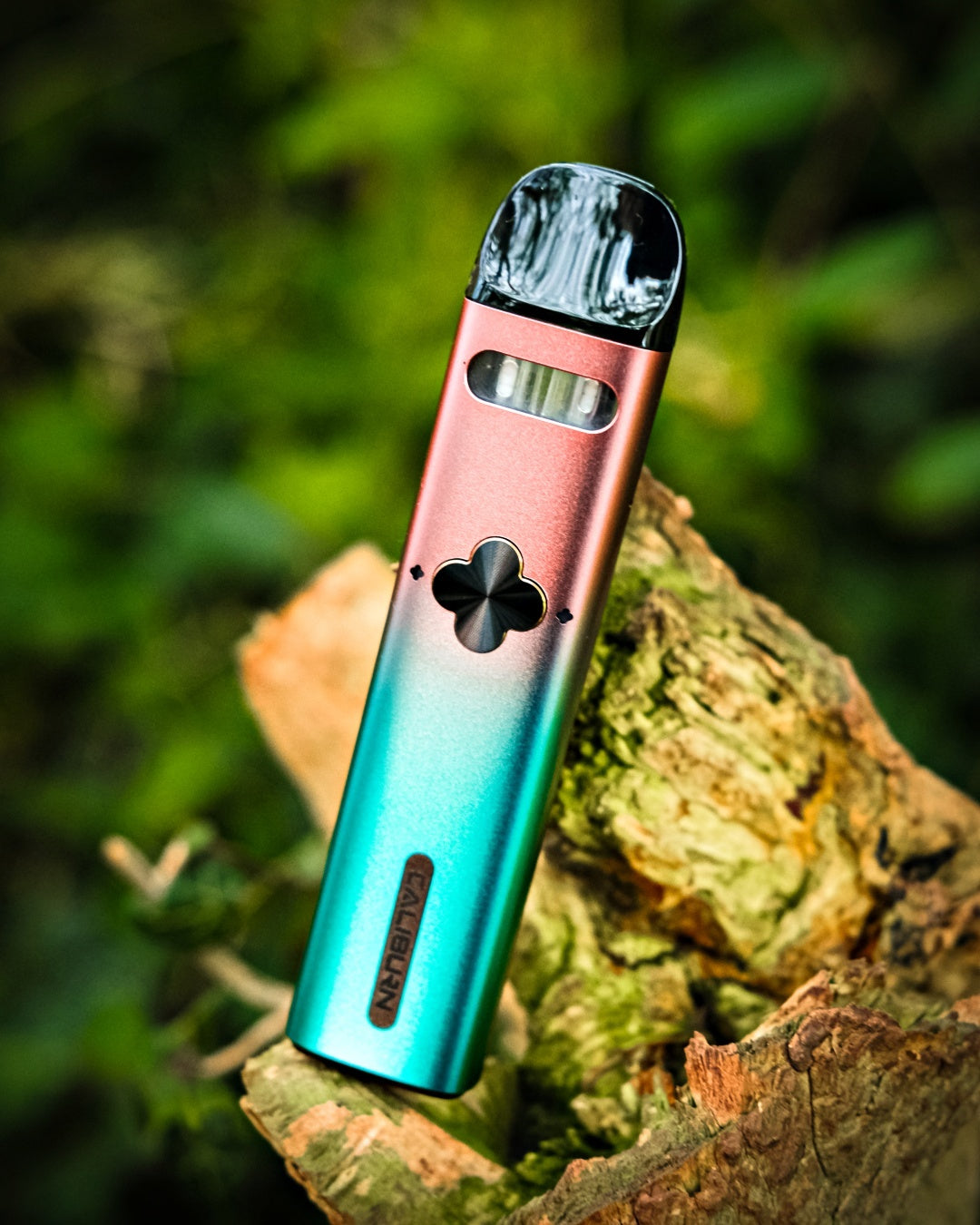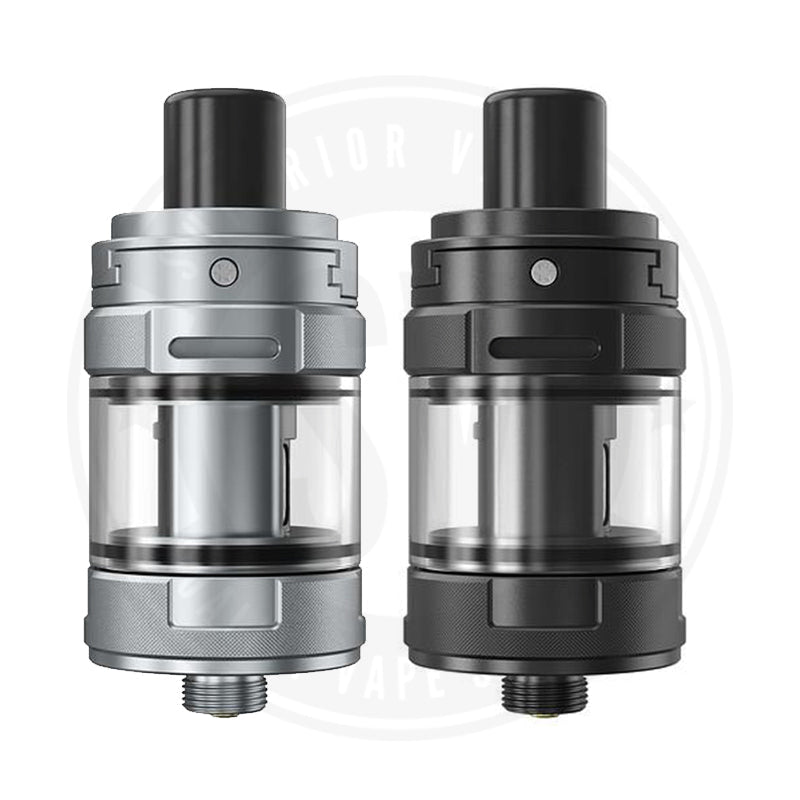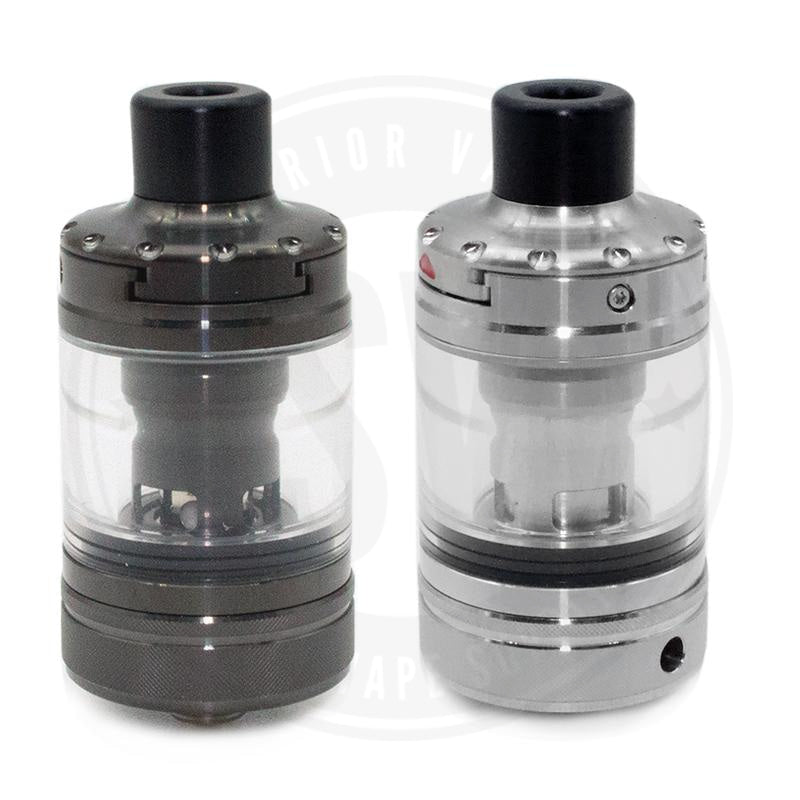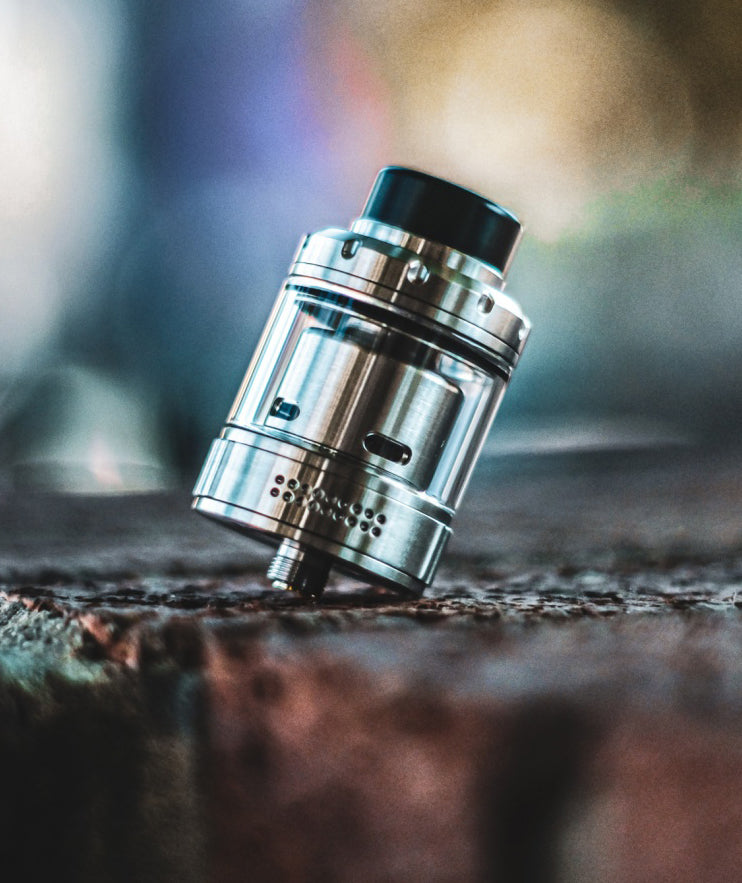When you start getting into vaping, there are a lot of new things you’re going to need to start getting to grips with. Setting up your mech mods and starting to learn exactly what components go where - and what does what - can get complicated for the newly inducted. Luckily, you’ve got us and our handy Vaping 101 blogs to get you started.
One of the things you would have been hearing a lot about is e-liquid, or e-juice, or just juice. But this isn’t your regular breakfast OJ.
E-liquid is the stuff in your device that gets heated up by your device’s atomiser and converted into that amazing tasting vapour.
Because the e-liquid is only heated to a temperature sufficient enough to cause the vaporisation of the liquid, the vapour produced is free of toxins. Which is why Public Health England has found unequivocally that vaping is 95% safer than smoking, and are officially advocating vaping in their STOPtober campaign as a viable method to quit smoking.
What exactly is in E-Liquid?
Well, the exact components on every e-liquid will differ from brand to brand. The viscosity, thickness, flavour and even quality will all vary depending on who made it and also the mod you’re vaping it out of.
But, when it comes to e-juice, you’ll find that there are two terms that are pretty pervasive; PG and VG.
Essentially, all e-liquids are made up of flavour, nicotine, and then a blend of water, propylene glycol and/or vegetable glycerin - PG and VG - in various quantities.
The amount of PG or VG in your e-liquid can have an effect on how your device interacts with the liquid, and even the vapour it produces, which is why when choosing your e-liquid you’re often given the choice on the ratio of each. But we’ll get to that later.
What are VG and PG?
Let’s break it down.
Although both are odourless liquids, that can be inhaled when heated, and both belong to the alcohol chemical class (despite the name, they’re not intoxicating), the two fluids have a distinct consistency and taste. This leads to each having a different mouth feel and throat sensation - otherwise called ‘throat hit’ - when vaped.
Most modern e-liquid uses a combination of the two fluids, though the ratio can vary dramatically.
Although you should beware that some vaping set-ups only work with certain levels of PG or VG respectively, and using the wrong ratio can harm your equipment.
PROPYLENE GLYCOL (PG)
What is it?
Propylene Glycol has no odour or colour and is less thick than VG fluid. In vaping, it is used to provide a ‘throat hit’, which some users claim is similar to the sensation experienced when smoking tobacco. It also carries flavour more effectively than VG, meaning it’s the most commonly used suspension fluid for flavour concentrates and nicotine.
Is it safe?
The FDA has deemed that PG is “generally recognised as safe” to be used as a food additive and studies have shown that it is safe to ingest orally, as it is used in some toothpaste. Most studies concentrate on the oral ingestion of PG, rather than consuming it as vapour, although of the studies that exist, an experiment in 1947 said that inhaling PG is harmless.
Despite the scaremongering and misinformation surrounding the health and science behind vaping, we can unequivocally assure you that PG is not used in toxic anti-freeze.
Although PG is safe for humans, beware of your pets getting a hold of it. Although it is used as a safe food additive for dogs, it has been linked to a certain anaemia in cats.
Be aware, however, that you may find a high level of PG irritating to your throat, especially if you’re new to vaping. Although allergies to PG are rare, it is normal to suffer some mildly irritating side effects within the first few days of use. A dry mouth, sore throat and increased thirst can be normal as the body gets used to the to the propylene glycol and could well be a side effect from quitting smoking.
However, if you begin to develop a rash, you might be better off switching to a high-VG concentrate.
VEGETABLE GLYCERIN (VG)
What is it?
Vegetable Glycerin is a natural chemical derived from vegetable oil, so if you’re a veggie, this is your go-to juice. VG has a thick mouthfeel and is slightly sweeter and denser than PG. Sub-Ohm vapers, or cloud chasers, tend to prefer to vape with VG because the hit is much smoother than PG. Although flavourings are more often suspending in PG, there are VG alternatives for 100% VG mixes.
Is it safe?
VG has been classified as safe by the FDA and is pretty benign, with a low toxicity and potential to irritate the body. Similarly, its wide use in sweets, food and medicine suggests that it’s safe for humans to ingest, although studies on the inhalation of vapour are limited. In 2008 a study of the toxicity of aerosolised glycerol when inhaled found minimal risks.
Allergen risks are extremely low, although if you are allergic to coconut or palm oil then you may find it irritating.
The thickness of VG means that it may reduce the life of your atomisers faster than PG juice. A highly concentrated liquid will clog up your coils and may not work well or at all in certain tanks, particularly older models.
For more information on coils see, Vaping 101: A Guide to Coils
What PG to VG ratio should I use?
We can’t tell you exactly what ratio to use as it’s all down to personal preference. The ratio of PG to VG heavily dictates what kind of vaping experience you want to have, and can have an effect on the following.
- Throat Hit: This is the kick at the back of your throat that cigarette users will be craving. Higher concentrations of PG provide this better than VG and carry flavour better.
- Smoothness: High VG liquid has a thicker mouthfeel and offers up a smoother feeling on the throat. The flavour is lesser in VG liquids, although you can give it a boost with some extra power. Keep it within your voltage/wattage limits though or you could damage your equipment.
- Sub-Ohm: The thicker the clouds, the better the chase. VG is the only way to go for competitive cloud creation. If you’re vaping with an atomiser at a resistance of less than 1 ohm, the higher the VG the better.
- Vaping on the DL: If you want to employ some good vape etiquette in public, then PG it. It creates less vapour and a less ostentatious experience.
A 50:50 ratio is a solid bet, to begin with, providing you with the sweet spot of balanced flavour, throat hit and vapour. Chat to your local vape store if you’re looking for a more tailored option and don’t know how to quite get it.
But it’s not just about the ratio, your equipment plays a part in how your e-liquid works too. If it’s not cut out for a specific e-liquid, it can lead to some nasty irritation and dry hits.
Your Equipment
As we mentioned before, some vape equipment is not built for certain ratios. Clearomisers are not generally suited to higher VG liquids as their coils don’t cope well with the thicker liquid, leading to a not so lovely burnt cotton taste.
Sub-Ohm tanks work well with VG, although the increased battery strength can make your juice disappear faster than you can spell Vegetable Glycerin.
RDA’s offer a lot more flexibility with your ratios, although whether you choose a higher VG or PG percentage does depend on the at what ohm your coils are. And wicking is all down to personal preference.
So, that’s your introduction to PG and VG. Hopefully, you’re now able to understand a bit more how they work together in your vape, and feel confident to go forth into the world of e-liquid and experiment.
You might find that you like to use different levels of PG and VG with different devices, or even at different times. Experimenting with ratios and especially with flavours is where you can really make your vape into your own. If you’re a Bristol local, come check out our new in-store remix station, where you can build your own flavours from scratch.




















